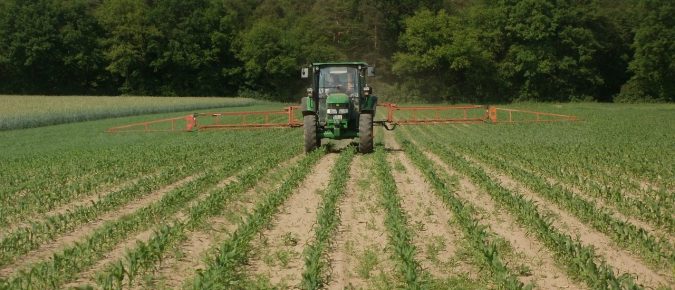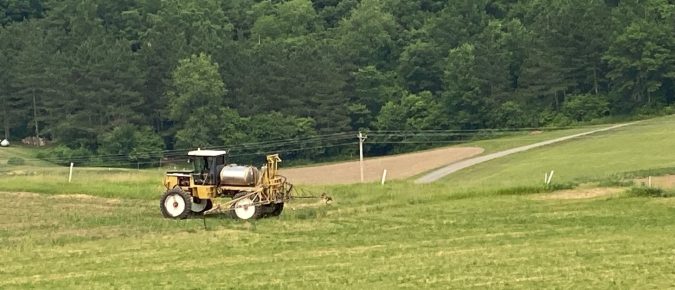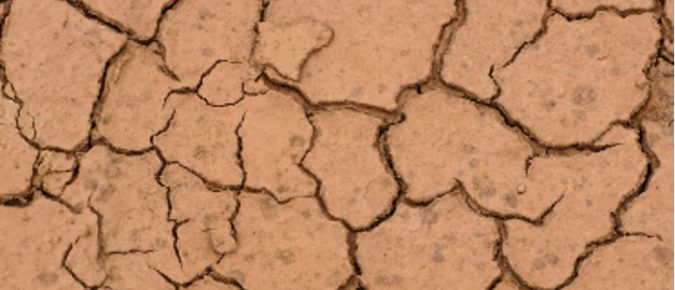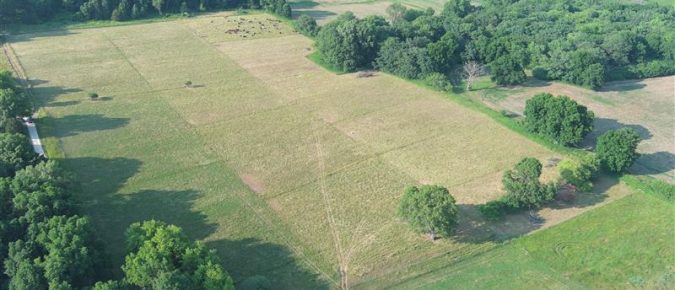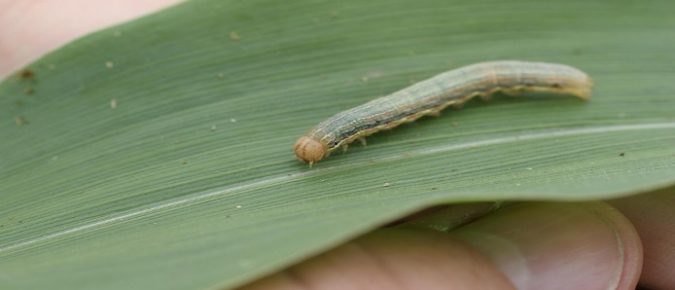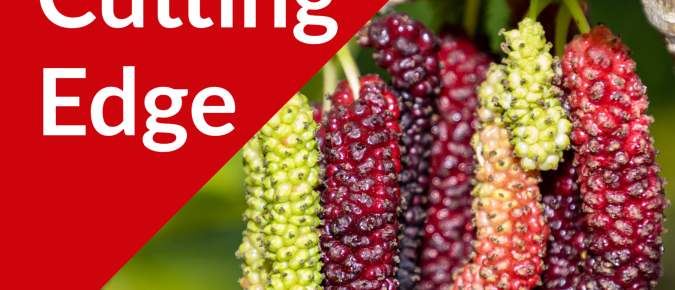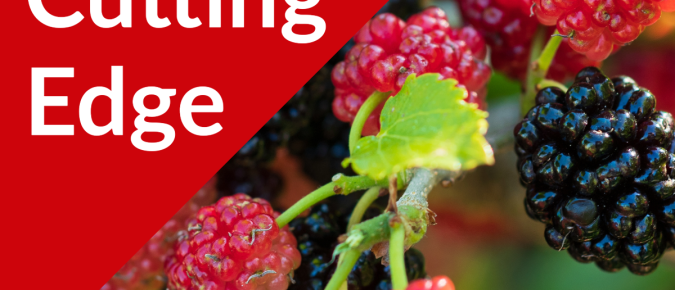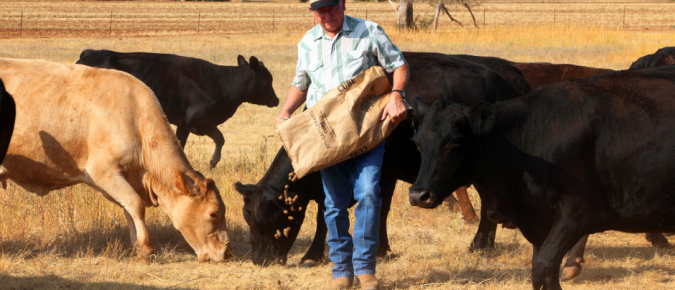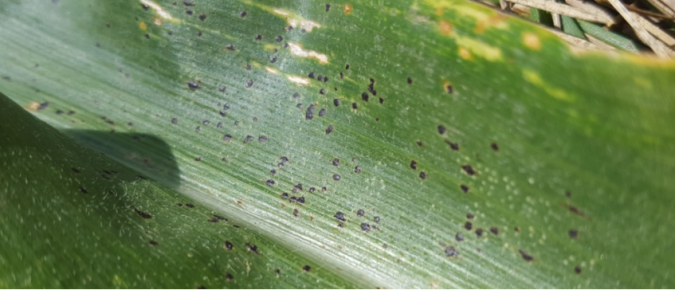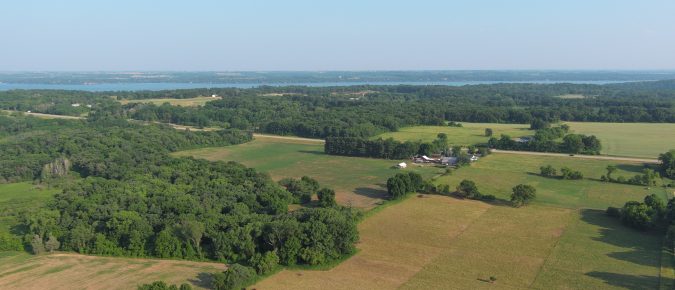Articles
Navigating flash drought in corn & enhancing crop resilience: Cover crops and combine cleaning
A recap of the Badger Crop Connect webinar on July 12, 2023 Flash Drought in Corn: Where do we go from here? Joe Lauer UW-Madison Corn Agronomist and Extension Specialist UW-Madison corn agronomist Joe Lauer explains to webinar viewers that as the state’s corn crop nears mid-July the water-holding capacity of soils has allowed deep […]
Wisconsin corn and soybean disease update and crop protection strategies
The June 28th Badger Crop Connect session features discussion from Dr. Damon Smith, Extension Funded Faculty and Professor of Epidemiology and Field Crop Diseases in the Plant Pathology Department Dr. Smith reviews the biology of the tar spot fungus in corn and the work done to ground-truth models of fungal development to refine prediction tools.
The important role of soil texture on water
The texture of soil, including its composition of sand, silt, and clay, affects water retention and drainage capabilities differently. Sandy soils drain quickly but have low water-holding capacity, while clay soils retain water tightly but have slower drainage. The article provides methods for determining soil texture, such as hand texturing and using online soil maps.
Field Notes Episode 10: Rotational Grazing in Drought
Drought affects pasture as well as crops. During these dry times, what are the considerations that graziers need to keep in mind to optimize forage, and what are the advantages that a rotationally grazed system gives us when we’re short on water? We talk with Mary C Anderson, Wisconsin DNR Grazing Specialist, retired dairy farmer, and current grass-fed/finished beef farmer and Kevin Mahalko from the Gilman, WI area, a grass-fed dairy farmer and president of Grassworks.
True Armyworm control in Wisconsin crop fields and pastures
The true armyworm is a common spring insect pest found each year in Wisconsin crop fields and pasture locations. Adult moths migrate north in the spring in search of food and habitat to begin mating and egg laying. Eggs are laid primarily in lush green grass which serves as protection and a nutritious source of food for newly hatched larvae.
The Cutting Edge Podcast Episode #44: Mulberries Part II, Very Mulberry and Habitera Farms with Anil and Smita
A conversation with Anil and Smita, co-founders of the Very Mulberry brand and Habitera Farms, an 80-acre commercial mulberry farm in the Bay Area of California. Habitera Farms is the only large-scale commercial mulberry farm in the United States today. It opened for business this spring and operates primarily as a U-Pick farm. Resources Very […]
The Cutting Edge Podcast Episode #43: Mulberries Part I, Current Research and Historical Context
A conversation with Eliza Greenman, fruit explorer and Germplasm Specialist at the Savanna Institute, and Scott Brainard, Tree Crop Breeder at the Savanna Institute and post-doc at UW-Madison, about the history of mulberries and current research to develop improved varieties for agroforestry systems. Resources Savanna Institute Hog Tree Farm
Drought resources for livestock producers
While some parts of the state have recently received some much-needed rain, forage yield has already been reduced and we don’t know what the rest of the growing season will bring. If you have not begun putting some mitigation plans and practices in place, now is the time to do so. Some of the tasks to be done include:
Should I apply fungicide during a drought?
Foliar diseases will be less common in a dry year. Do not apply fungicides to maintain plant health in absence of diseases. Prophylactic applications of pesticides increase the odds of developing resistance to the product applied. If conditions are not conducive to fungal growth, you will not get a return on applying fungicides.
Managing pastures in drought conditions
Cool-season grasses are highly dependent on regular rainfall, with 1 to 1.5 inches a week needed for sustained optimal growth through the summer. While dry and hot conditions in July and August frequently result in a “summer slump”, longer periods of deficient rainfall can dramatically reduce pasture production. Poor management during drought can slow pasture recovery after the rain starts falling again.

